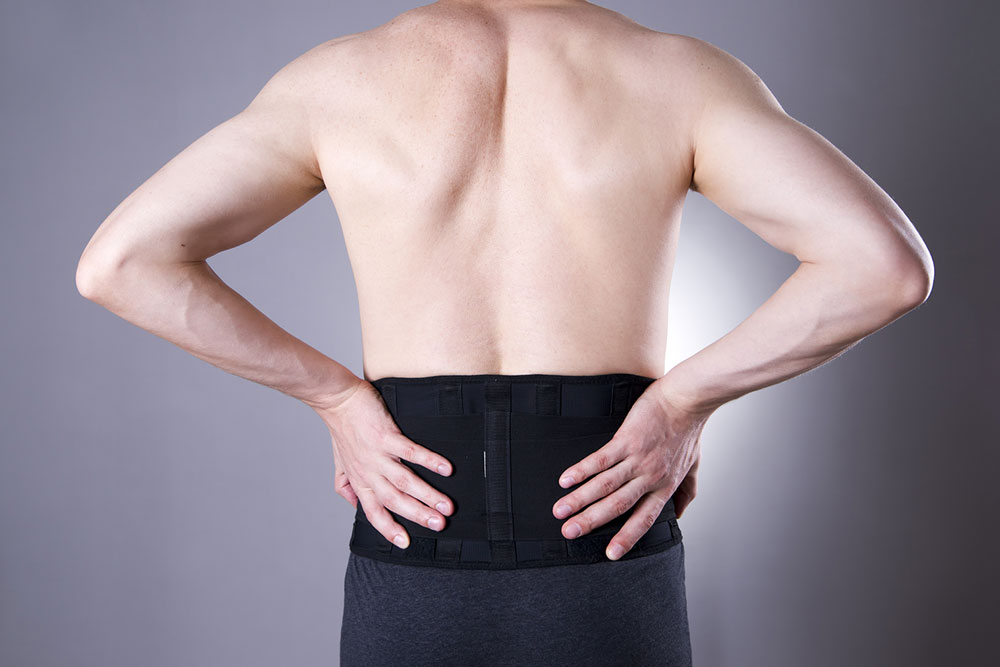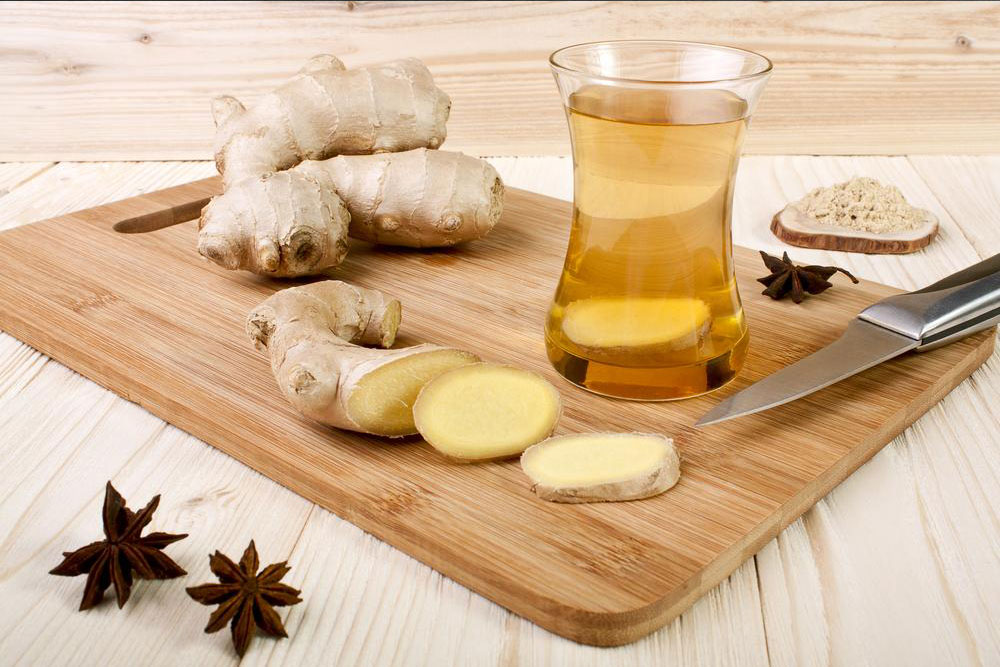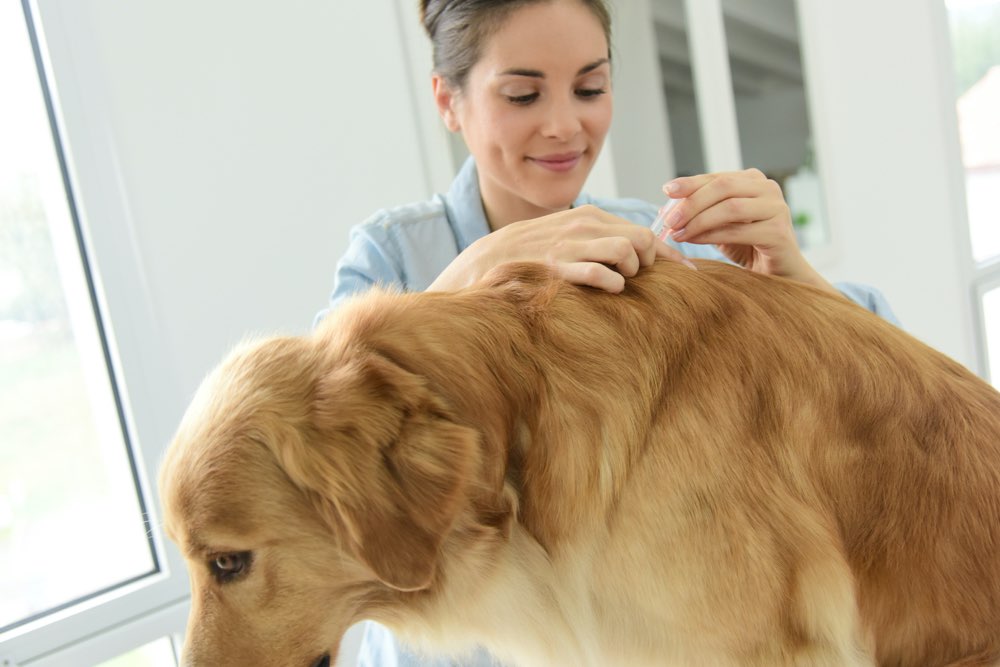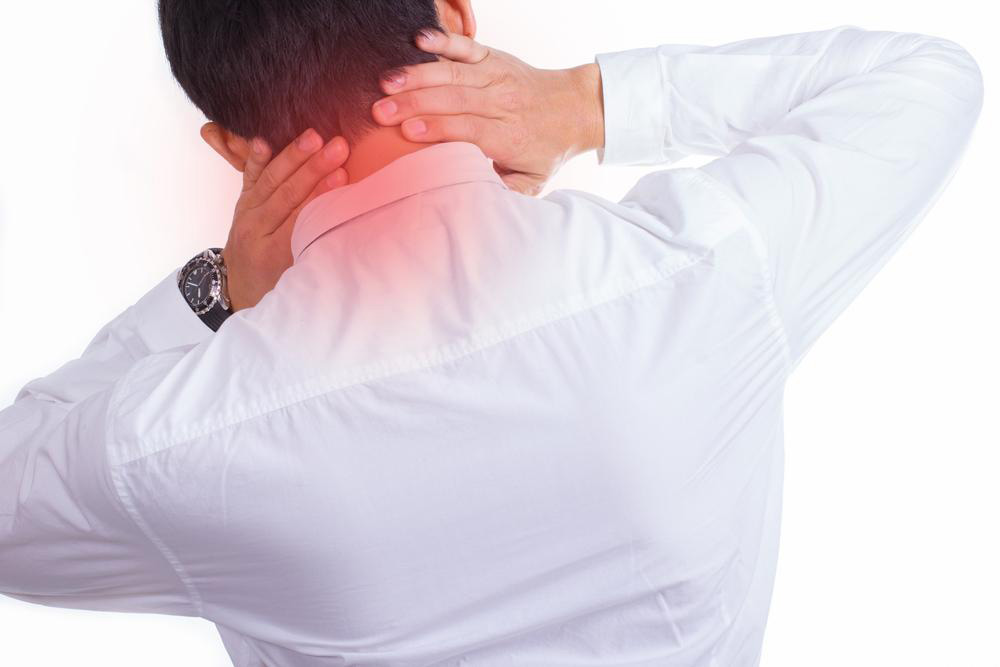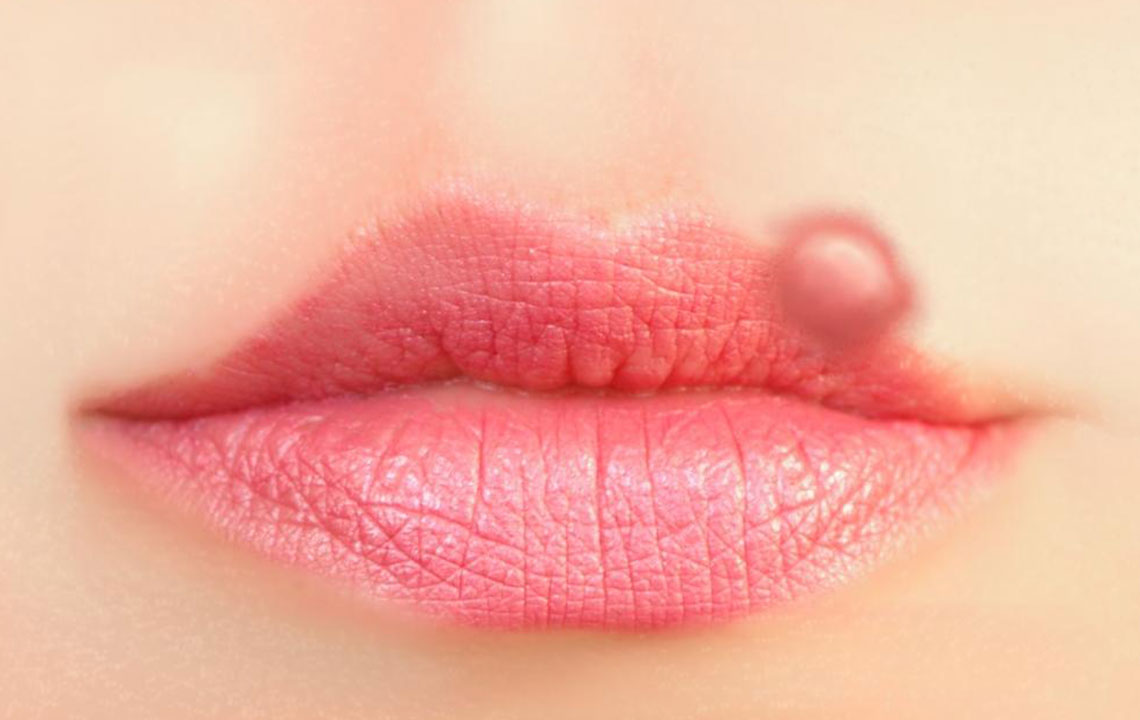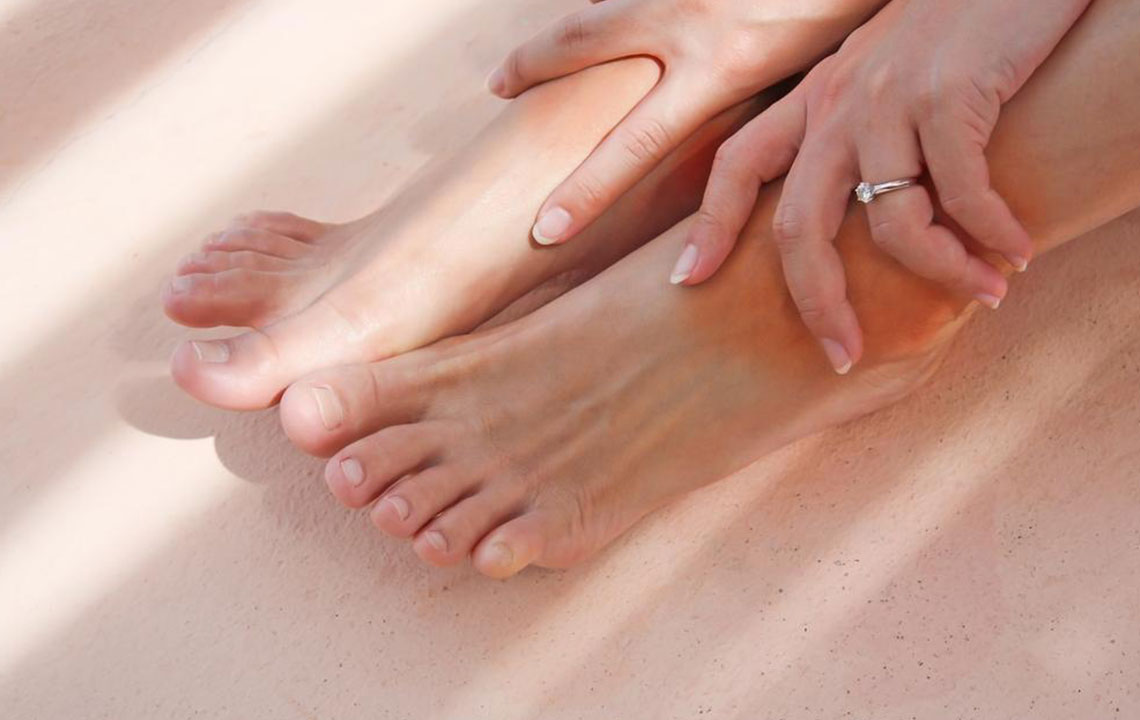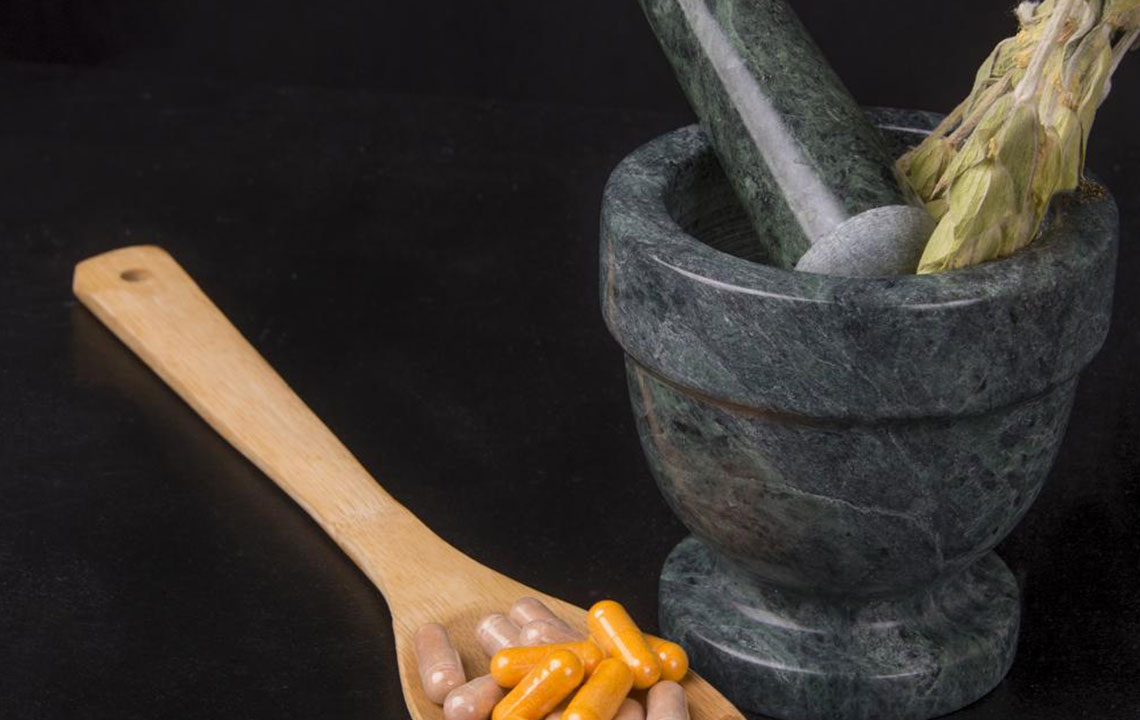Effective Strategies and Home Tips for Managing Scoliosis
Learn about effective scoliosis management options, including surgical, non-surgical, and bracing methods, along with practical home remedies. Proper diagnosis and personalized treatment are vital to prevent worsening of spinal curves and enhance quality of life. Incorporate lifestyle changes, exercises, and ergonomic tips to support spinal health and reduce discomfort. Always seek professional medical advice for tailored care and interventions.
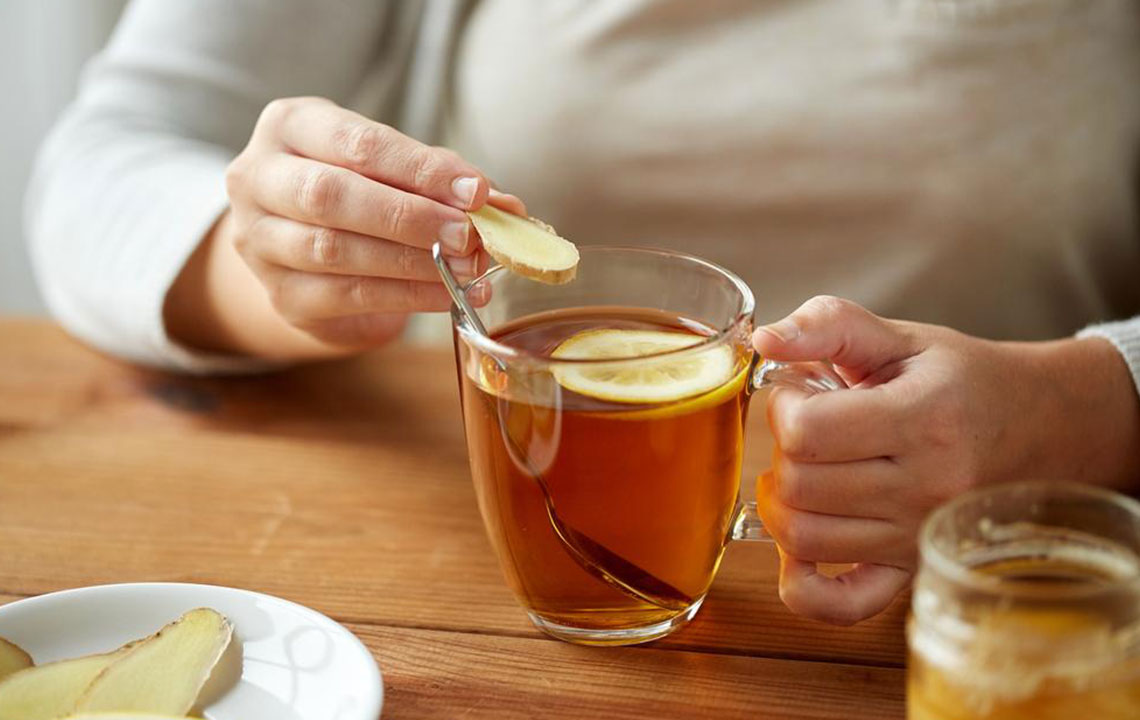
Effective Strategies and Home Tips for Managing Scoliosis
Scoliosis is a condition characterized by an abnormal sideways curvature of the spine. Normally, the spine appears straight when viewed from the front, with natural curves seen from the side. In scoliosis, the spine develops an added lateral curve, often forming a "C" or "S" shape, caused by vertebrae twisting. The primary symptom is spinal curvature. Treatment aims to prevent the curve from worsening and to correct severe deformities.
The main goal of scoliosis therapy is to stabilize or improve the spinal alignment. The appropriate treatment depends on the cause, severity, and risk of progression. Options include bracing, monitoring, and surgical intervention.
Scoliosis Management Methods
Surgical Approach
Surgery can help reduce the curve and provide a stable spine, preventing further progression.
Conservative Management
This includes regular doctor check-ups and prescribed exercises to monitor and slow additional curvature.
Bracing
The purpose of braces is to exert corrective forces to support and realign the spine, relieving pressure on the inner aspects of the curve and distributing it evenly on the outside.
Brace Types and Usage
There are two main kinds of scoliosis braces:
Full-time Braces
Designed to be worn 16-23 hours daily, these braces are removed only during bathing, exercising, or skin care.
Night-time Braces
These devices apply powerful corrective forces and are worn only during sleep, typically for eight hours, to help straighten the spine.
Rehabilitative Exercise Therapy
Rehab exercises are vital for managing scoliosis, helping to strengthen posture muscles through specialized stimulation like vibratory therapy. Commitment and active participation are key to effective results.
Diagnosis and treatment planning depend on the curve's severity and potential for worsening. Early evaluation is crucial for choosing the right intervention.
Types of Scoliosis
Functional Scoliosis
Caused by other issues such as leg length discrepancy; correction focuses on addressing the root abnormality. Using a shoe wedge is common to prevent spinal curvature.
Neuromuscular Scoliosis
Attributed to nerve or muscle abnormalities affecting spine development; often the most severe form, typically requiring surgery.
Idiopathic Scoliosis
Age-related and sometimes resolves on its own, especially in infants. Regular imaging ensures monitoring, and intervention is pursued only if deterioration occurs.
While back pain is not exclusively linked to scoliosis, many patients experience discomfort. Physical therapies like stretching, massage, and yoga (avoiding poses that strain the spine) can relieve pain and promote muscle strength. Pain relievers and anti-inflammatory injections are limited to symptomatic relief but do not correct the curvature.
Home Remedies and Lifestyle Tips
Maintaining quality of life is essential for scoliosis management. Simple home remedies can alleviate pain and support daily functioning.Maintain Proper Posture
Keeping the back straight and shoulders relaxed enhances spinal alignment throughout the day.
Massage Therapy
Regular massages ease muscle tension and stiffness, providing relief, although they do not cure scoliosis.
Heat Application
Applying warm compresses helps relax tense muscles and improve circulation.
Ergonomic Furniture
Using supportive mattresses and chairs designed for proper ergonomics can prevent further curvature and reduce discomfort.
Additionally, daily strengthening exercises such as arm/leg lifts, abdominal presses, and stretches can support spine health and reduce pain. Always consult with a healthcare professional for personalized advice.

